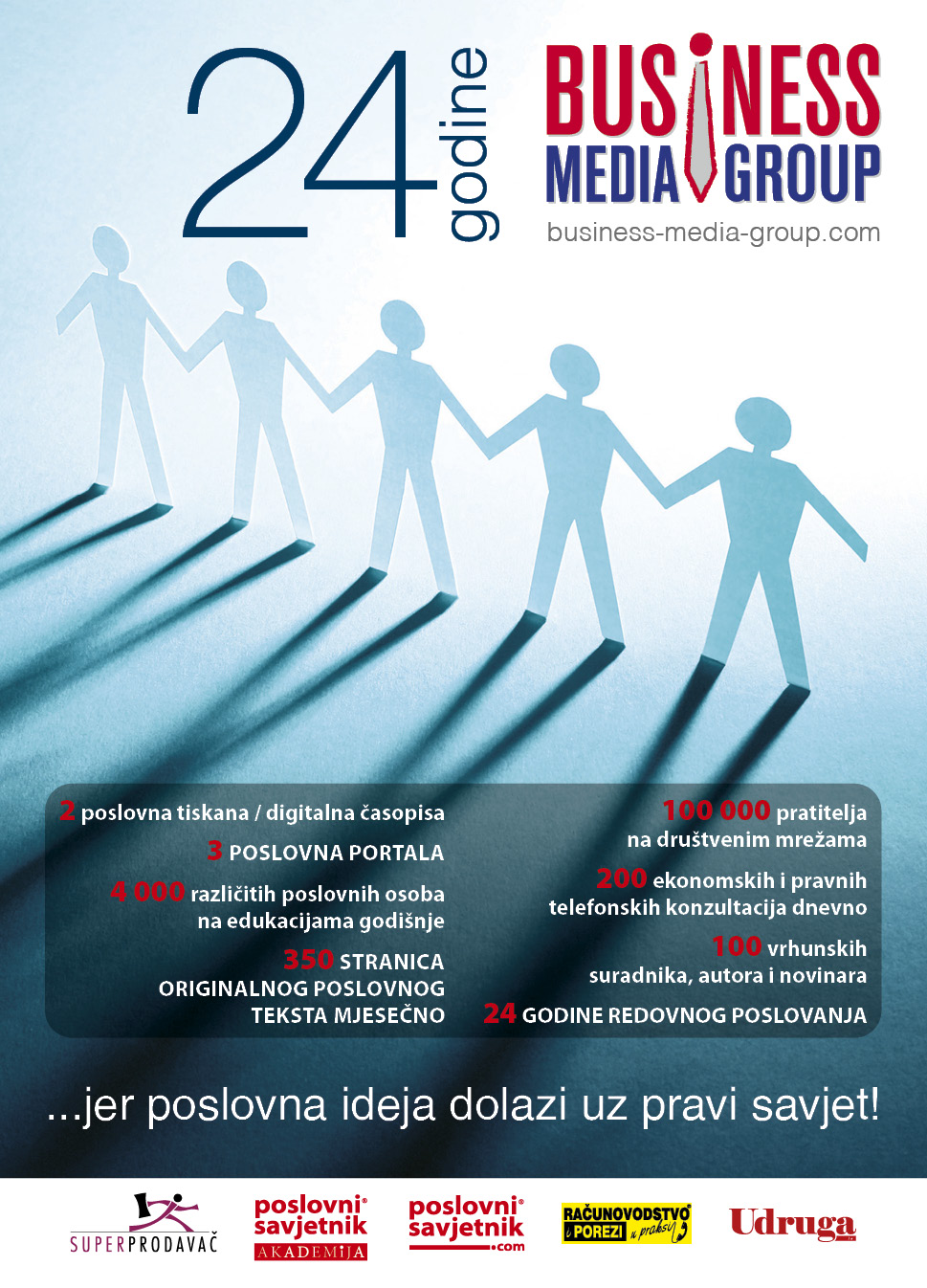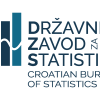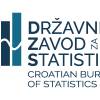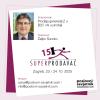
The 5th P in LIDL Supermarkets
On March 26 the new Director of Lidl Croatia, Mr. Boris Lukšić, stated very clearly his belief in the important role of his employees. ‘We as managers actually cannot do anything’ he said, ‘without good employees’. ‘It is our staff that does the real work and maintains the contacts with our clients and customers’. Mr. Lukšić said that ‘If our cashiers would not be polite and deliver such a good service, we would not have realised this increase in turnover last year’. (source: Is this possible in Croatia: honest work deserves a fair wage! At: http://www.index.hr/vijesti/clanak/je-li-ovo-moguce-u-hrvatskoj-posten-r...)
With the holiday season ahead, it might be a very good idea to think about the 5th P of the marketing mix in your organisation. Why is this P important? How can this P help you create a higher turnover and profit? What do you need to apply this 5th P in your organisation?

The Marketing mix, a product-directed model
I guess everyone in management knows and applies the Marketing Mix. It is a business tool used in marketing and by marketing professionals. It was Jerome McCarthy who proposed the four P’s classification in 1960, which from then on was used by marketers throughout the world in creating marketing plans. The marketing mix is crucial when determining a product or brand offering, and is synonymous with the four Ps: price, product, promotion and place.
In those days the general idea was that a good product sells itself but that you need to outsmart the competition with creative marketing actions.
From product directed markets to service directed markets
In many countries economies shifted more and more from production - which was outsourced to low wage countries - to service industries. Product-Life-Cycles got shorter and most products became commodities and were increasingly easier to copy. It became more difficult to create an, especially sustainable, competitive advantage with products. The last few years we also see the explosion of internet applications, web shops, social media etc. that required a complete other way of marketing.
In general you can say we are now living in an experience economy where it is all about delivering high quality services to our customers. We are in the transformation from Customer Relation Management (CRM) to Customer Experience Management (CEM) where quality service contributes to the experience of the customer or guest.
The Service Marketing Mix
The characteristics of a service are different as the characteristics of a product. The five characteristics of a service are: lack of ownership, intangibility, inseparability, perishability, heterogeneity. Each of these elements needs to be taken into account when marketing a service.
Especially Inseparability changed the marketing profession enormously and it also required a dramatic change of management style, because a service is delivered at the request of a (potential) customer and is delivered by a service provider. And this service provider is one of your employees!
Managing services is more complex then managing products. Products and its processes can be standardised, to standardise a service is more difficult as it can, and usually will, be affected by many factors outside the company’s or service provider’s control.
To be able to deliver a high service quality level your employee needs to have the possibility to respond flexible and creative to a changed situation, usually at the instant moment!
This could be an additional question or an unexpected request from the customer or guest that needs to be taken care of on the spot to the satisfaction of your guest.
Your employee needs to be able to think from the perspective of your customer and act upon that.
It is very obvious that a bureaucratic and controlling management style does not support high quality service levels.
The seven P’s
The Service Marketing Mix is an additional marketing model that refers to the already mentioned four P’s, to which 'People', 'Process' and 'Physical evidence' are added.
'People' refers to the employees of the company with whom customers come into direct contact.
'Process' refers to the processes and systems within the organization that affects its marketing process.
'Physical evidence' refers to concrete elements in the store, restaurant, bar, hotel, camping site etc., the way the buildings look like, the uniforms employees wear, signboards, etc.
If a company wants to market a service the company needs to get each of these elements superb.
The 5th P: People
Quality people are an essential ingredient in providing quality service; recruiting and training the right staff is required to create a competitive advantage. Customers make judgments about service provision and delivery based on the people representing your organization. This is because people are the only tangible elements in the service process that customers can see and interact with.
Without well motivated and good trained employees you will not manage getting satisfied and loyal customers; after a bad experience they do not complain or tell you but just go to your competitor.
And then the ‘rule of 10’ applies: 1 unsatisfied customer talks about his negative experience to 10 other people. That certainly is not a good mouth-to-mouth promotion.
Staff requires appropriate interpersonal skills, attitude, service knowledge and adequate ‘tools’ in order to deliver a high quality service.
Many service organizations apply for instance a Total Quality Management (TQM) approach or work on the "Investors in People" accreditation, to demonstrate that they train their staff to prescribed standards and best practices.
The 6th P: Process
This element of the marketing mix looks at all systems used to deliver the service. Imagine for instance banks that send out Credit Cards automatically when their customer’s old one has expired; this requires an efficient internal process to identify expiry and renewal dates. An efficient service that replaces old credit cards will foster customer loyalty and confidence in the company.
All services need to be underpinned by clearly defined and efficient internal processes. This will avoid confusion and promote a consistent service level.
In other words, processes mean that everybody in your organization knows what to do, how to do it and when to do it, the importance of a clear internal communication process is obvious.
High quality service requires excellent Communication
Your internal communication process should be very clear to everybody in your organization.
Every employee knows the organization’s Vision and Mission and Goals, understands clearly what quality performance you want to deliver to your customer, what you want to do, how to do it and when to do it.
It speaks for itself that your external communication, the messages to your (potential) customers, are also clear but, even more important, is the alignment between your internal and external communication process. Does your staff know what your external communication message is?
Do you send the same messages to your customers as you send to your staff?
Putting people first
With a small team we did a training program with a short, powerful and very clear title for everyone in the company: ‘Putting People First’.
With ‘People’ the company meant: board members, directors, managers, employees and customers. The basic idea was that a company can only be successful with satisfied employees who then will deliver the highest service quality to create satisfied customers and, that these customers will become the company’s loyal customers.
In this top-down training approach also the term ‘internal customer’ was introduced: ‘if my output is meant for an internal colleague, this colleague then is my customer and (s)he should be satisfied with my performance, so they could use this input to satisfy their customers’.
Subjects in this training were a.o. delivering high quality service, the role of non-verbal communication, a positive attitude etc.; but also subjects focusing on the well-being of employees like how to cope with stress, choosing how you feel, being assertive, how to handle customer questions and problems and: what do you need from management to deliver high quality service?
This training program and approach were based on the extended marketing mix.
Happy, satisfied and loyal customers and guests are the main goal of every service company
A few simple questions might help you to check in your own situation
- How do you apply the 5th P and People Management in your company?
- Is your internal and external communication clear for everyone and is it aligned?
- What do you do to give trust and respect to your people so they come up with new ideas and initiatives?
- Do you ask and talk with your employees about their needs to deliver high quality service?
- How do you remove obstacles so your employees can deliver high quality service?
- To what extend do you allow your employees to make their own decisions in delivering quality service?
I wish you good preparations for the upcoming holiday season with great turnovers, based on superb quality and experiences for your customers and guests.

























